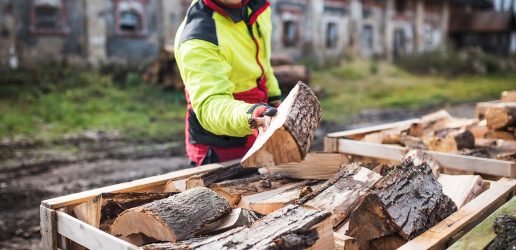Following a significant investment by Defra, much of the TreeAlert system has been rebuilt. TreeAlert has been given a new look with responsive web design, adapting to mobile devices to make it more user friendly and has increased functionality including
- A new reporting line for oak processionary moth (OPM)
- A ‘use my location’ button which can be used on mobile devices to locate the affected tree on a map.
- A progress indicator which is now visible allowing the user to see what stage they are at in the reporting process.
- The ability for registered users to review a list of their previous TreeAlert submissions with improved feedback mechanisms and additionally the option to submit data on trees that are believed to be ‘healthy’ (asymptomatic) with no signs of pests or pathogens.
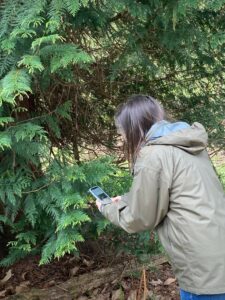
What happens once you have submitted your report?
The reports are checked daily by Forest Research’s Tree Health Diagnostic and Advisory Service (THDAS), triaged and assigned to a diagnostician within the THDAS. The THDAS provides impartial advice, and where possible, diagnosis and identification of pests and pathogens on trees in Great Britain. The service has been running since the 1960s, and enquiries and samples are received from across Great Britain and occasionally further afield. The team of diagnosticians, entomologists and pathologists is located at Forest Research’s two main research stations – the Northern Research Station in Scotland and Alice Holt in southern England.
Once reviewed, the diagnostician assigned to your enquiry in some cases will make a diagnosis based on initial information, request further information or samples, and this will be done generally via email. The team aim to respond to enquiries within two weeks, although this can be significantly longer during busy periods or based on the nature of your enquiry. Priority is given to any suspected regulated or quarantine pest or pathogen, and these cases may be followed up by the wider Plant Health Service (the respective authorities in England, Scotland and Wales) with whom the THDAS closely collaborate with.
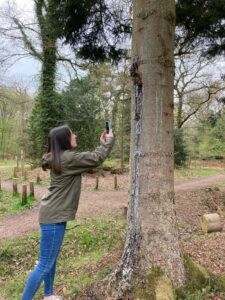
How does the THDAS fit into the bigger picture of Tree Health?
The role of the THDAS is to gather information about the health of the nation’s trees (individually or in woodlands and forests), to assess findings and identify trends in pest and pathogen occurrence and spread, and to contribute towards the management of these through providing advice to owners, managers and the relevant authorities. The THDAS acts as an early warning system for tree health; if pests or pathogens are detected and reported early, there is a greater prospect of managing or controlling them. Interesting findings or first reports of organisms result in further studies including examining the range of potential hosts or optimal temperature conditions for growth, and ultimately can develop into dedicated research projects.
We encourage the reporting and are interested in sightings of all pests and pathogens so we can monitor trends and provide authorities and tree owners with the best possible opportunity to take appropriate action. It is better to reassure you that there is no cause for alarm or your problem is commonplace than to miss a possible new threat to British trees.
Please remember….
- TreeAlert is for everyone
- Anyone can report suspected cases of unhealthy looking trees
- Users are guided through reporting – you do not need to be an expert
Further information on tree pests and pathogens can be found on the Forest Research and Observatree websites.
Recent News
View All news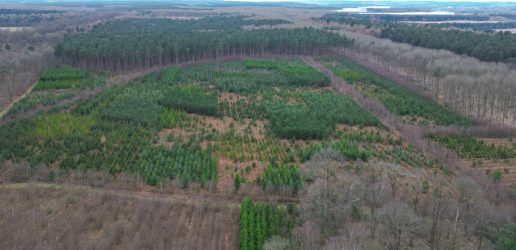
Seventeen coniferous tree species show early promise for future commercial timber production in the UK
Researchers have set up a network of nine large scale experiments across the UK to test the suitability of 17 tree species as potential alternatives for future commercial timber production.
Forest Research are looking for people involved in the harvesting, processing, transport, import, or trade of firewood in Scotland to complete an important survey.
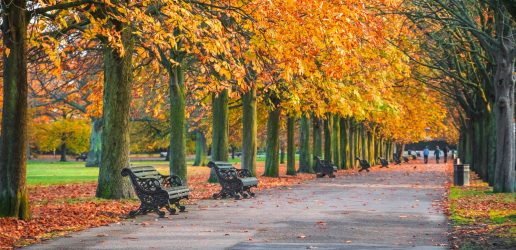
New guide to help local authorities conduct a people survey on the social value of their treescapes
A new step-by-step guide to help local authorities, charities and civic societies carry out a people survey to understand social and cultural values related to trees in their area, is now available.

Seventeen coniferous tree species show early promise for future commercial timber production in the UK
Researchers have set up a network of nine large scale experiments across the UK to test the suitability of 17 tree species as potential alternatives for future commercial timber production.
Forest Research are looking for people involved in the harvesting, processing, transport, import, or trade of firewood in Scotland to complete an important survey.

New guide to help local authorities conduct a people survey on the social value of their treescapes
A new step-by-step guide to help local authorities, charities and civic societies carry out a people survey to understand social and cultural values related to trees in their area, is now available.

